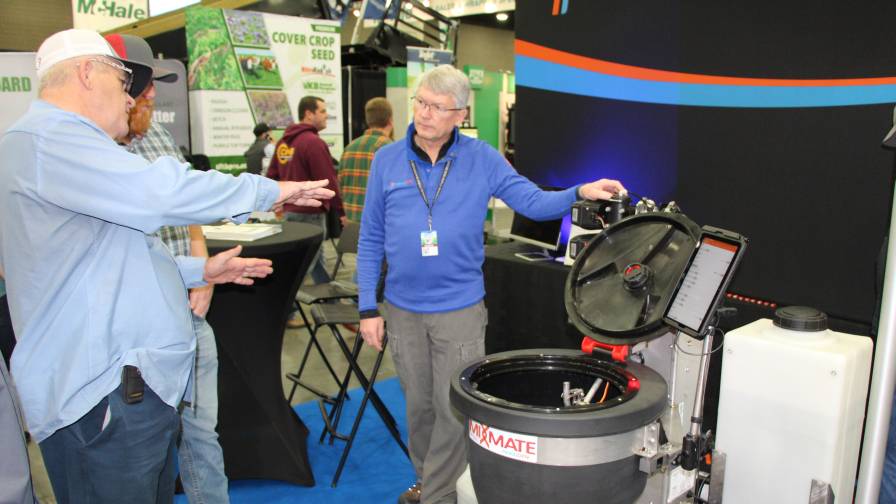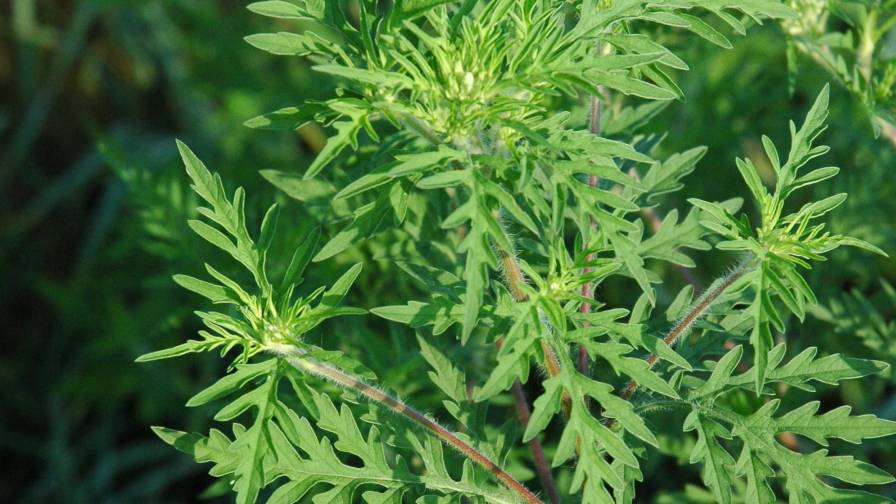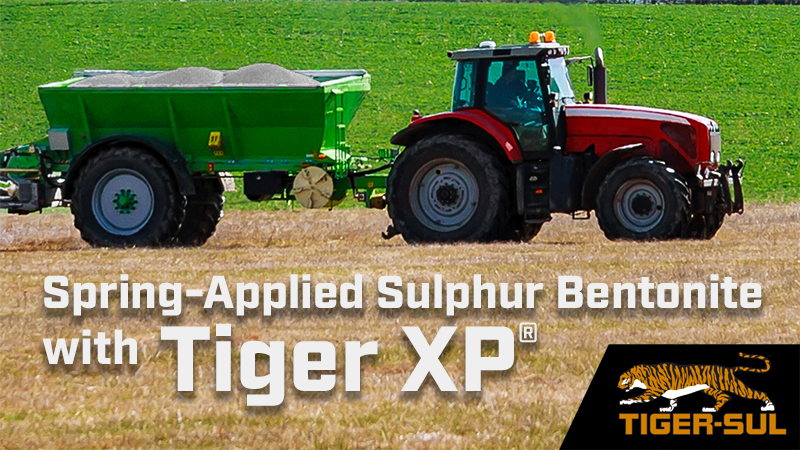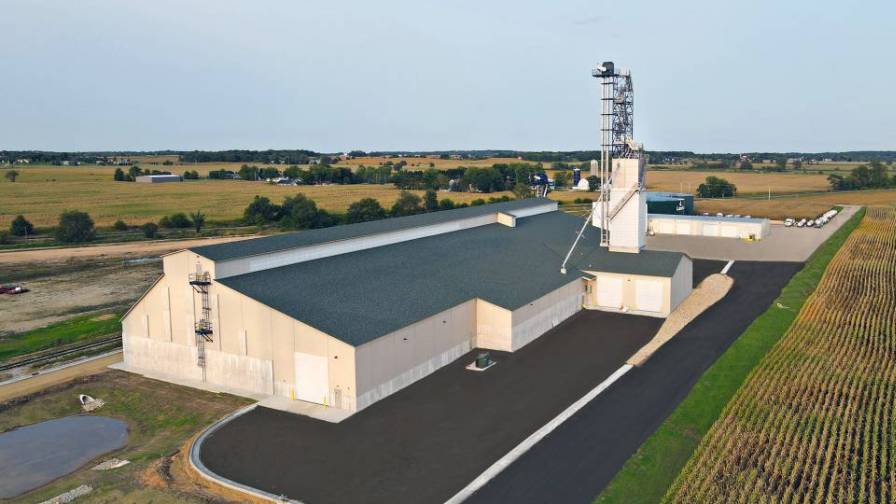Sprayer Loading Times in Focus

According to Doug Applegate, CEO/Owner at Praxidyn, there is a big difference between efficiency and productivity when considering sprayer performance.
To be honest, most folks that attend the annual National Farm Machinery Show (NFMS) in Louisville, KY, are there to see examples of Big IRON. However, there are also a few educational seminars held on the side covering industry relevant topics as well. At the 2023 NFMS, one of these covered the topic of self-propelled sprayers and how to improve upon their in-field performance.
According to Doug Applegate, CEO/Owner at Praxidyn, there is a big difference between efficiency and productivity when considering sprayer performance. Furthermore, a big part of this ties back to loading.
“Sprayers today are big and fast, but to keep them efficient, you have to load them fast,” said Applegate. “Ideally, we don’t want to put the engine hours on a sprayer on idle time. We want the put the engine hours on as spraying time.”
To appreciate how this disparity can play out, Applegate pointed to some telling statistics provided to him by AGCO Corp., makers of the Rogator sprayer. “According to AGCO, 26% of engine hours are spent spraying and 28% are spent idling,” he said. “The rest is taken up by travel time between fields. All of these numbers on average are not very good.”
Luckily, added Applegate, there are things sprayer operators can do to improve uptime for their units. “Overall, productivity and efficiency for sprayers can be affected by such factors as ground speed, pulsing nozzles, boom width, application rates, and loading times,” he said. “But loading times is the key.”
According to Applegate, slower loading times severely hamper a sprayer’s productivity level and increases the average cost per acre for the operators. “In studies, slow load times increased overall costs from 26% to 42% higher,” he said. “And spending 10% more on a larger sprayer will increase productivity by 8%.”






